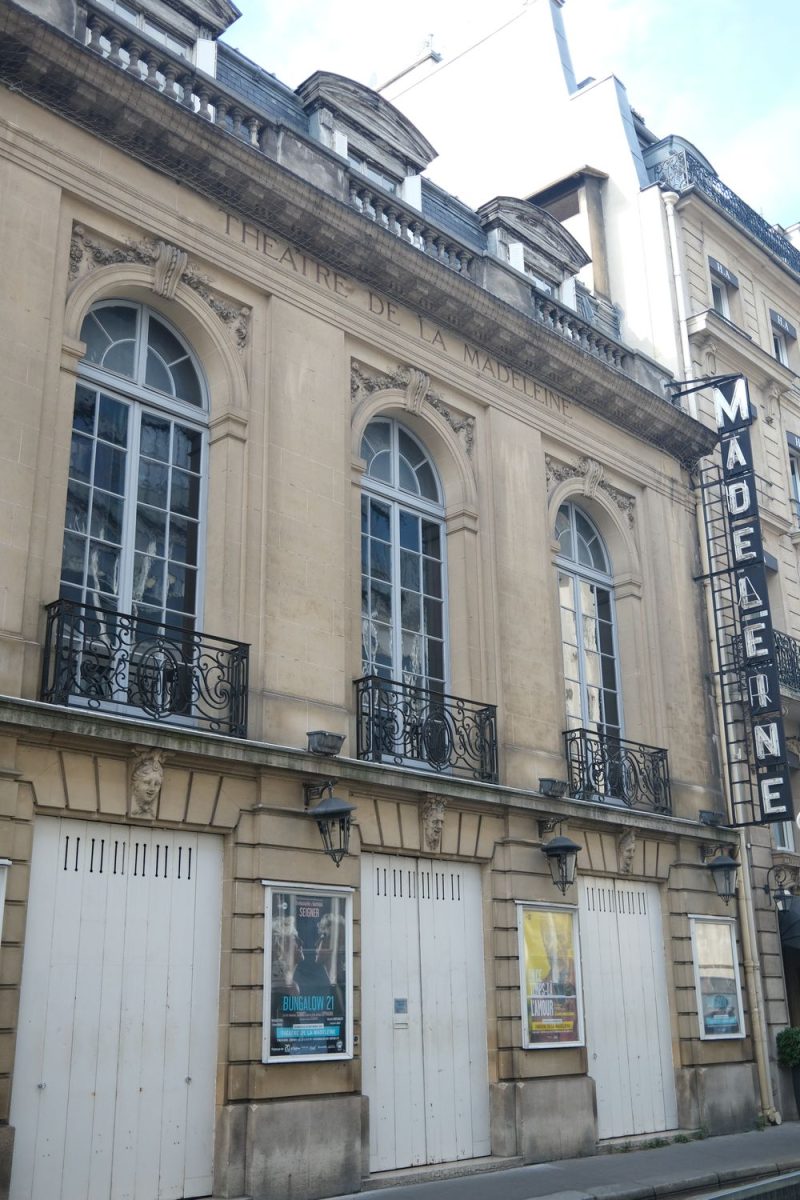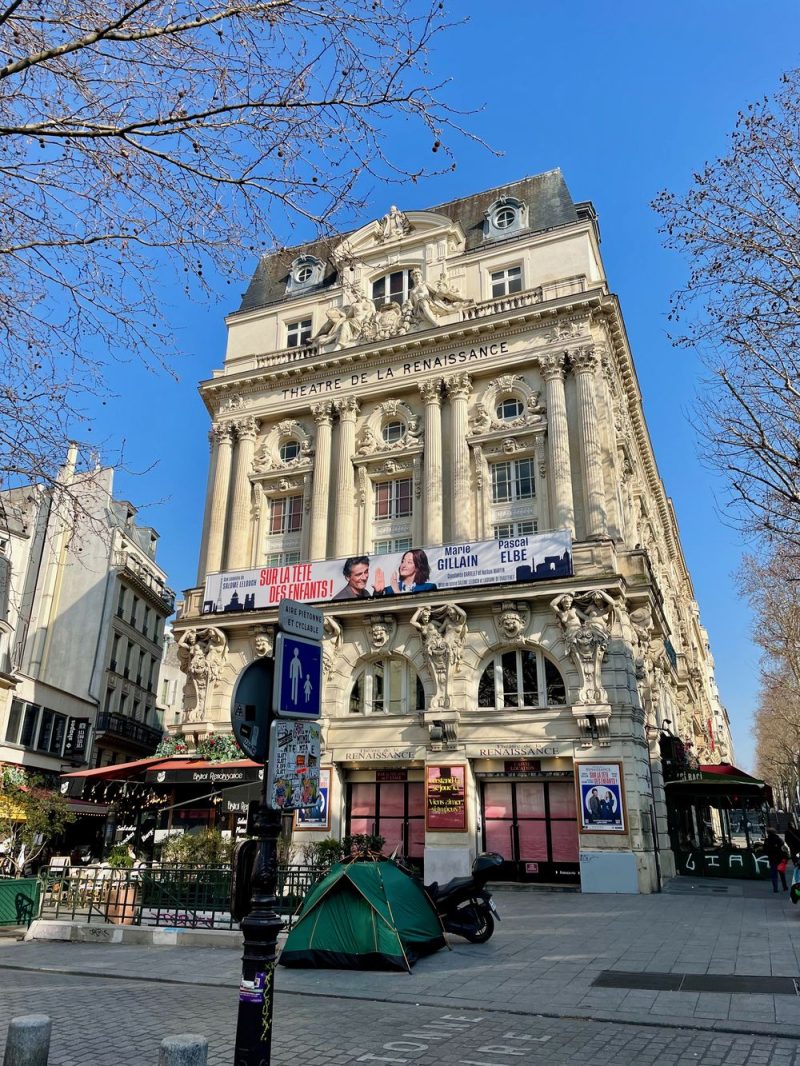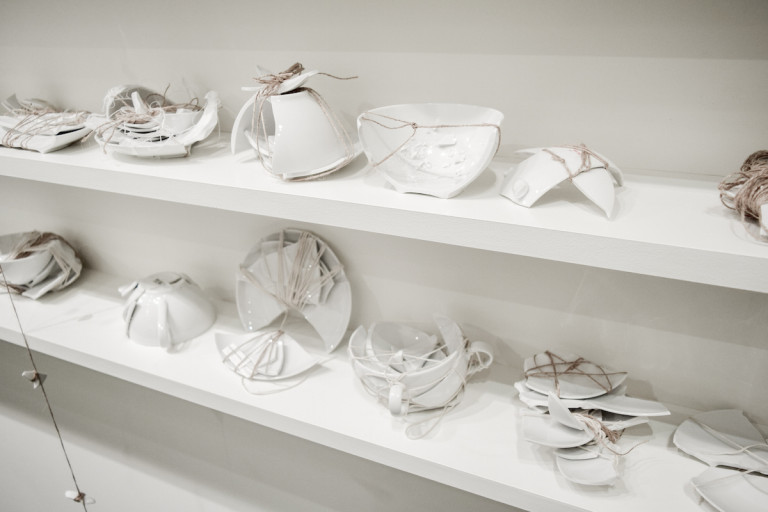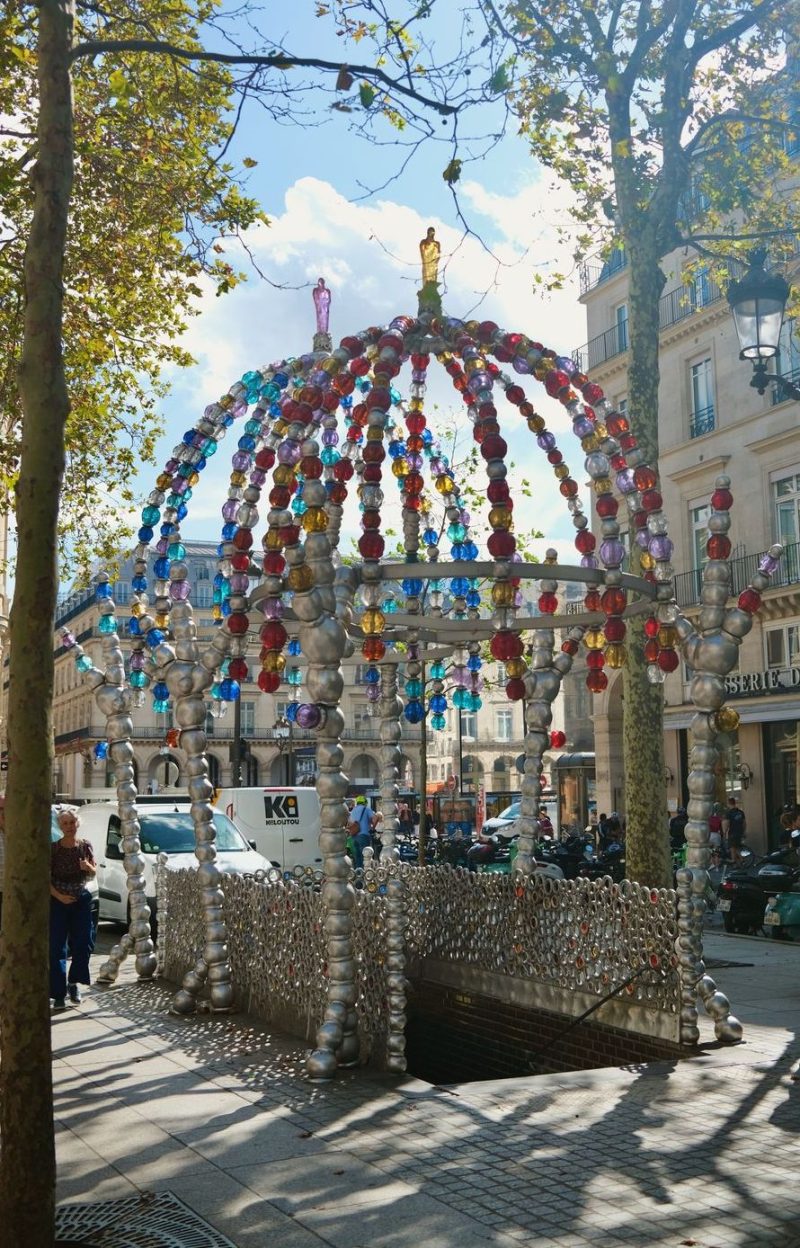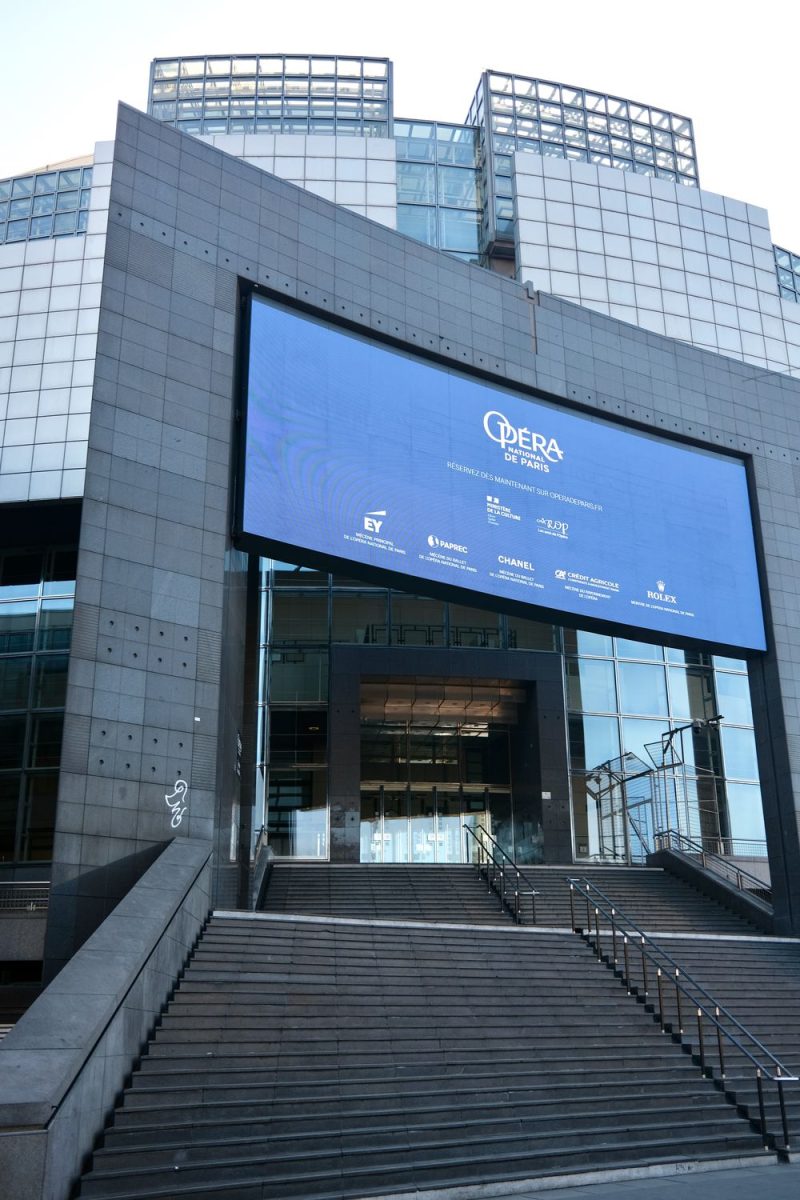Public Art in Paris: Where to See It + the Most Controversial Artworks
Culture Travel may earn a commission through links on this website. As an Amazon Associate, we earn from qualifying purchases.
I stumbled upon a public art installation in Paris a few months back. It made me realize how much I appreciate living in a city that celebrates public art. Of course, Paris has had its fair share of public art controversies over the decades. Nevertheless, I appreciated these sculptures of famous philosophers’ heads upside down across the center of town!
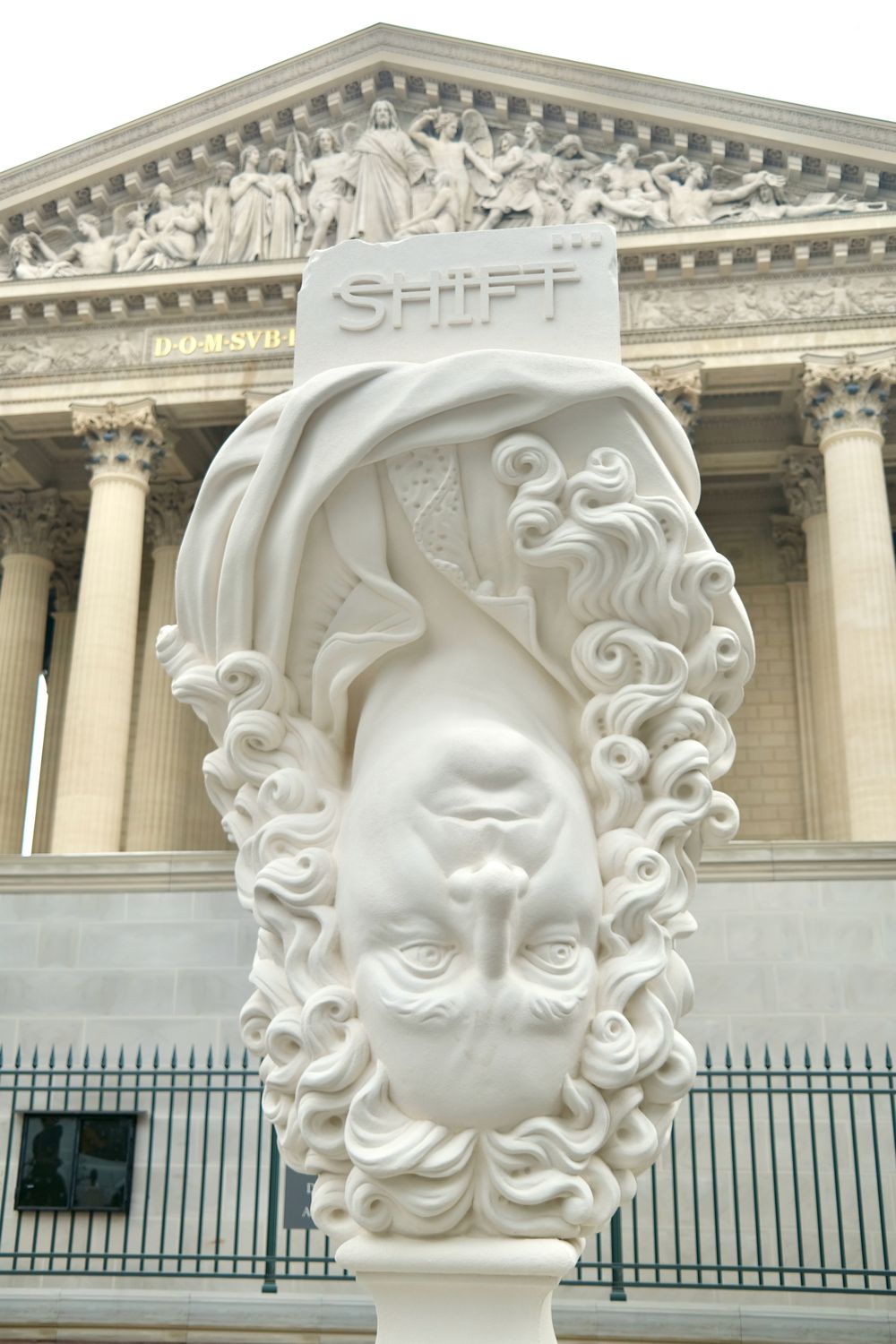
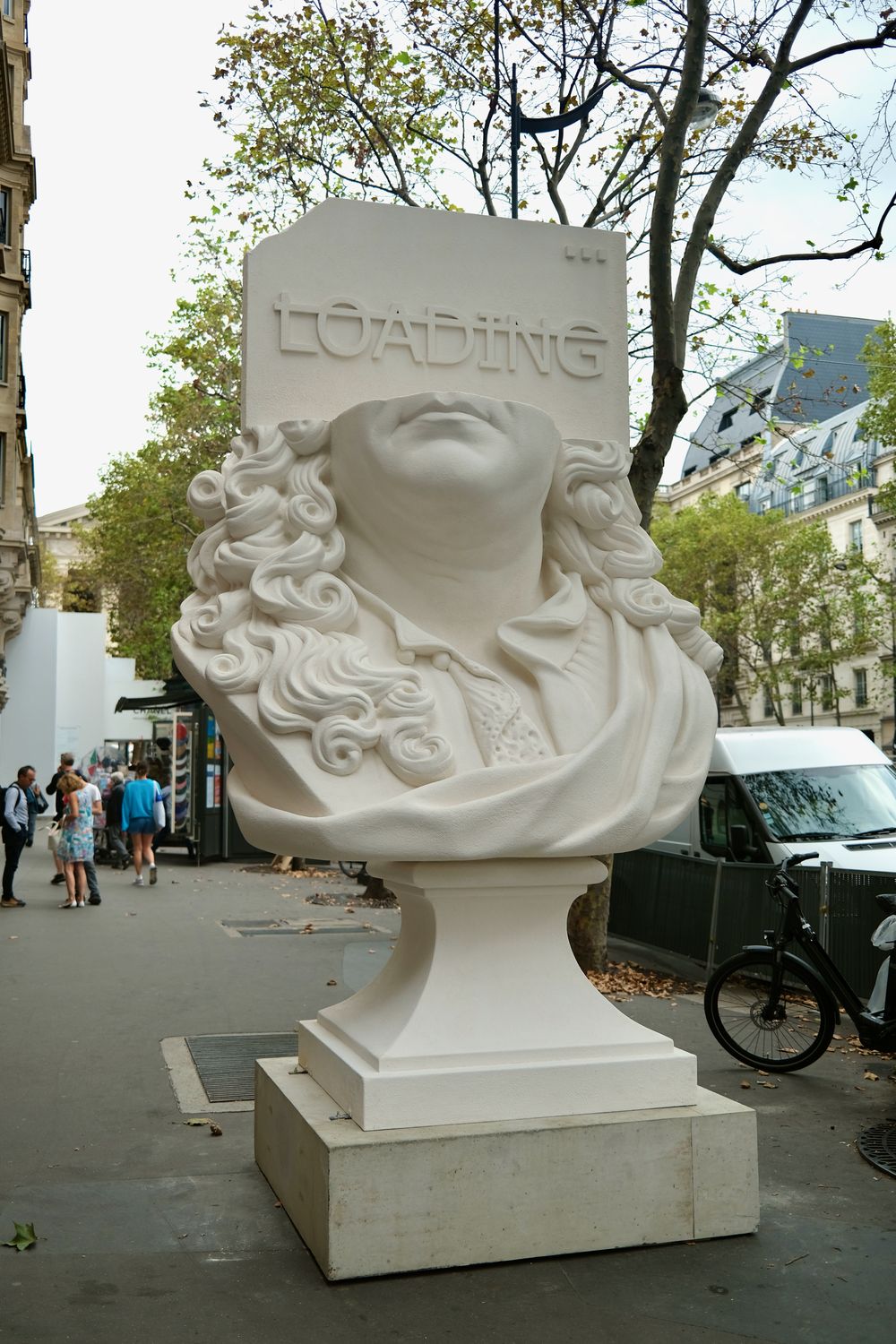
Where to See Public Art in Paris
Paris is known for its rich artistic heritage and vibrant cultural scene. Here are some of the best places to see public art in Paris:
Street Art: Paris has a small but thriving street art scene. Head to neighborhoods like Belleville and Oberkampf to see murals and graffiti by local and international artists. The 13th arrondissement also has some impressive large-scale murals.
Jardin des Tuileries: This beautiful garden is home to sculptures by renowned artists such as Aristide Maillol and Auguste Rodin. It’s a great place to enjoy art in a peaceful setting.
Jardin du Luxembourg: The Luxembourg Gardens feature a variety of statues and sculptures, including those of French queens and notable figures.
Parc de la Villette: This park combines green spaces with modern art installations. Look out for the large red sculpture “La Géode” and other art pieces scattered throughout the park.
La Défense: Known as Paris’s business district, La Défense is home to an array of contemporary sculptures and installations by artists such as Alexander Calder and Joan Miró.
Canal Saint-Martin: As you walk along the canal, you may find various public art installations, as well as street art and graffiti.
Place Vendôme: This elegant square often features contemporary art installations, especially during the annual FIAC (International Contemporary Art Fair).
Île de la Cité: In addition to its historic architecture, you can find public art such as the equestrian statue of Henri IV on Pont Neuf.
Parc des Buttes-Chaumont: This picturesque park includes a variety of sculptures and art installations.
Various Fountains: Paris is home to many beautiful fountains, such as the Fountain of the Four Parts of the World in the Luxembourg Gardens and the Medici Fountain.
These are just a few places to start your public art tour in Paris. You can explore different neighborhoods to discover even more art on the streets of the city.
Controversial Public Artworks in Paris
Paris has a long history of public art installations that have stirred controversy. Reasons range from their modern aesthetics to their political or social messages. Here are a few notable examples:
The Obelisk at Place de la Concorde
Originally from Egypt, the Luxor Obelisk was a controversial installation when it was first placed at Place de la Concorde in the 19th century. Critics debated its historical and cultural appropriateness in the context of a French public space.
The Flame of Liberty (Flamme de la Liberté)
This sculpture, located above the tunnel where Princess Diana tragically died, was originally intended as a symbol of friendship between France and the United States. However, it became controversial due to its association with the princess’s death and has become an informal memorial.
Jeff Koons’ Bouquet of Tulips
This sculpture, installed in 2019, was a gift from the American artist to the city of Paris to honor the victims of the 2015 terrorist attacks. However, it faced backlash due to its placement and perceived aesthetic discordance with the surrounding area. Critics also questioned the artist’s appropriateness as a donor and the lack of transparency in the decision-making process.
The Paris Tower (Eiffel Tower)
Although it’s now an iconic symbol of Paris, the Eiffel Tower was highly controversial when it was first constructed in 1889. Many Parisians found its industrial design to be an eyesore, and it faced criticism from architects and artists.
Joan Miró’s Wall of the Sun and Wall of the Moon at UNESCO Headquarters
Although not as publicly accessible as some of the other examples, these large ceramic murals have sparked debate regarding their aesthetic value and their integration into the building’s design.
Pyramid at the Louvre
When the glass pyramid designed by architect I.M. Pei was constructed at the Louvre Museum in 1989, it was met with significant criticism from many Parisians. They felt it clashed with the classical architecture of the historic Louvre Palace. Today, it is widely accepted and even admired.
Buren’s Columns
“Les Deux Plateaux” is a public art installation by the French conceptual artist Daniel Buren. The artwork, also known as “The Colonnes de Buren” (Buren’s Columns), is located in the courtyard of the Palais Royal in Paris. It was created in 1986 and has been a subject of controversy since its inception.
The installation consists of a series of striped black-and-white columns of varying heights arranged in a grid pattern. The columns are integrated into the courtyard, with some partially submerged into the ground and others standing above ground.
The modernist and minimalist design of the installation contrasted sharply with the classical architecture of the Palais Royal, leading many critics to argue that it disrupted the historical aesthetic of the space.
When the project was first announced, it faced strong opposition from the public, including from some notable figures in the French art world and cultural institutions. Critics felt it was an inappropriate use of public funds and an affront to French cultural heritage!
Jeff Koons
Jeff Koons created a controversial piece known as “Tree” that was exhibited at Place Vendôme in Paris as part of the FIAC art fair in 2014.
“Tree” was a large, inflatable sculpture that resembled a green Christmas tree. However, many viewers perceived its abstract shape to resemble a butt plug, which led to a significant amount of controversy and backlash.
The installation was met with outrage from some Parisians who found the piece inappropriate and offensive due to its perceived resemblance to a butt plug. This interpretation led to public uproar and accusations of disrespect.
The sculpture was vandalized shortly after its installation.
Koons maintained that the sculpture was intended to be a playful and humorous piece of art, evoking the spirit of Christmas with a modern twist. He did not intend for the sculpture to be interpreted in a sexual manner.
These artworks illustrate how public art can provoke strong opinions and foster debate. It certainly reflects the evolving tastes and values of our society over time!
